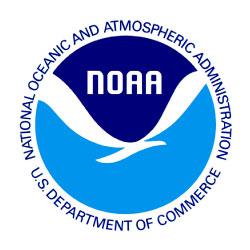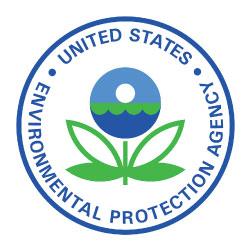
Investing in coastal resilience where it does the most good
Pluff mud and heavy equipment make a poor match.
Fiddler crabs can skitter across the famously gooey and pungent sediments of South Carolina’s salt marshes. Backhoes and bulldozers usually just sink.
There’s no getting around it — restoring the Lowcountry’s coastal marshes means a lot of people are going to have to get very muddy.
Thankfully, a little pluff mud (or a lot of it) won’t deter a team of local volunteers, state resource managers and restoration experts from working together to restore a degraded tidal marsh in Charleston, S.C.
This particular section of marsh never fully recovered from a drought-related dieback in cordgrass in 2012. The loss of native vegetation impaired the area’s ability to support its usually rich assortment of wildlife. Egrets, herons and roseate spoonbills all inhabit these coastal ecosystems, as do culturally and economically important species such as oysters, crabs, shrimp, flounder, red drum and sheepshead.
The nearby historic community also depends on the marsh, and not just for great seafood, recreation and amazing views. A healthy marsh can help mitigate flooding and improve long-term resilience in the face of a changing climate and rising sea levels.
In 2022, NFWF awarded a grant of more than $1.5 million to the S.C. Department of Natural Resources to continue efforts to restore the marsh, which is surrounded on three sides by land that holds unique historical and cultural importance as one of the state’s earliest African American communities.
Socioeconomic disparities continue to impair these neighborhoods’ ability to respond to hazards. Fortunately, Charleston’s historic preservation plan has prioritized the community for risk reduction and increased resilience.
Homeowners and other members of this community have been working with project managers to plan and execute the restoration, which requires access points through private property. Volunteers will work side-by-side with work crews to hand-excavate channels, build oyster reefs and plant cordgrass.
Related Content











